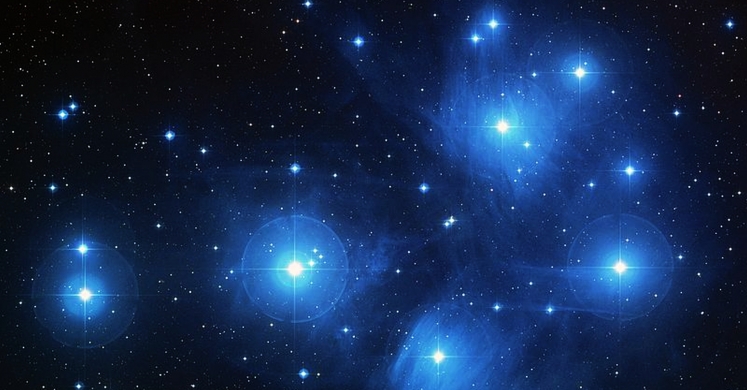Blog

#bioPGH Blog: Winter Constellations
 A resource of Biophilia: Pittsburgh, #bioPGH is a weekly blog and social media series that aims to encourage both children and adults to reconnect with nature and enjoy what each of our distinctive seasons has to offer. From the best times to plant seasonal flora and enjoy their peak blooms, to astronomical events and creatures to keep an eye and ear out for, Phipps will keep you in the know with what’s going on in our environment!
A resource of Biophilia: Pittsburgh, #bioPGH is a weekly blog and social media series that aims to encourage both children and adults to reconnect with nature and enjoy what each of our distinctive seasons has to offer. From the best times to plant seasonal flora and enjoy their peak blooms, to astronomical events and creatures to keep an eye and ear out for, Phipps will keep you in the know with what’s going on in our environment!
The bitter cold winds of winter may have you running for the safe haven of the indoors, but these cold winter nights are actually the most ideal time to set your eyes to the sky. The cold winter air holds less moisture than the warm evening breezes of the summer months, which means that the atmosphere is a lot less hazy in the winter and visibility is better. And while the entire night sky as it can be viewed from Earth is filled with 88-named constellations and their boundaries, winter tends to be the best time to view some of the larger constellations, such as Orion the Hunter, Gemini and the Pleiades (or the Seven Sisters). While we’re in the midst of peak stargazing season, keep an eye towards the sky for two celestial treats, a new asterism and a rare planetary alignment. Just this week, astronomers at the MIRA Observatory in Grimbergen, Belgium have marked a brand new asterism, a prominent and popular pattern of stars that are often a part of one or more constellations, to honor the late rock music icon, David Bowie. The seven stars that form the famous “Bowie Bolt,” as it appeared on the cover of Bowie’s 1973 album Aladdin Sane, are recognized as an asterism, like “the Big Dipper,” and will continue to pay homage to the “Starman.” In addition to this new celestial tribute, a rare planetary alignment is also taking place right now and will last until February 20th. Presently, five of our solar system’s planets (Mercury, Venus, Mars, Jupiter and Saturn) are aligning and will be easily identifiable in the night’s sky without the need of charts or visual aids 45-minutes before sunrise every day until Saturday, February 20th.
Connecting to the Outdoors Tip: Whether you’re a morning person or not, consider waking up a little earlier to catch a glimpse of Mercury, Venus, Mars, Jupiter and Saturn as they rise into the sky. And, if you’re brave enough to face the cold, buddle up and head to one of our many local parks and try spotting constellations with one of the many free stargazing apps available for smartphones and tablets. If you’d like a little break from technology and a bit of challenge, you can also very easily construct your own star wheel and use it to help you identify stars and planets via alignments alone. Or if you’d just like to enjoy a starry sky, head outside and try to create your own unique asterism! But with the temperatures being on the chillier side, consider doing some indoor stargazing by creating your own temporary constellations and asterisms out of glow in the dark stars. If you’re really ambitious, you can even turn your home into a private planetarium with one of the many star projectors available for purchase online as well!
Continue the Conversation: Share your nature discoveries with our community by posting to Twitter and Instagram with hashtag #bioPGH, and R.S.V.P. to attend our next Biophilia: Pittsburgh meeting.
Additional Resources:
Winter Constellations in the Northern Hemisphere - Outerspace Universe
Why Are There More Stars in Winter? - Farmer’s Almanac
The Night Sky – Asterisms - Astronomy Online
Stardust for Bowie, Mira in the eye of a Cyclone - MIRA Observatory
Mercury, Venus, Mars, Saturn and Jupiter in Rare Planetary Alignment: How When and Where to Watch - International Business Times
Winter Stargazing: Skywatching Tips and Tricks for Cold Northern Winter Nights - Space.com
Make a Star Wheel - Sky & Telescope
Star Charts Got You Confused? Worry No More! - About.com
Smithsonian Optics Room Planetarium Projector - Amazon.com
Photos © NASA/JPL-Caltech

